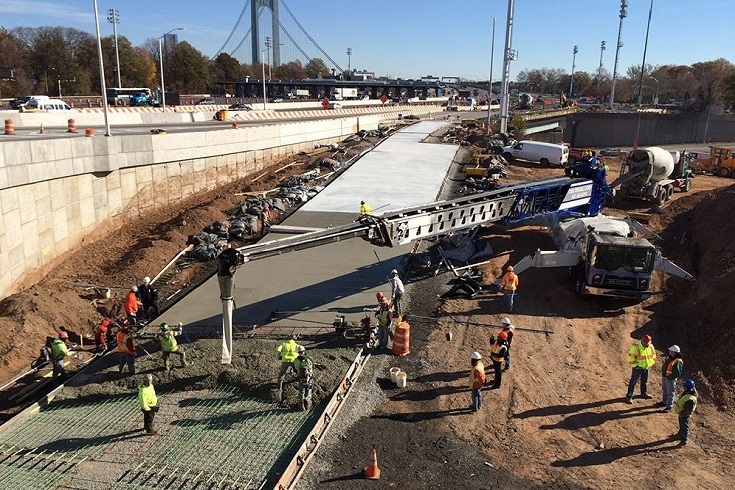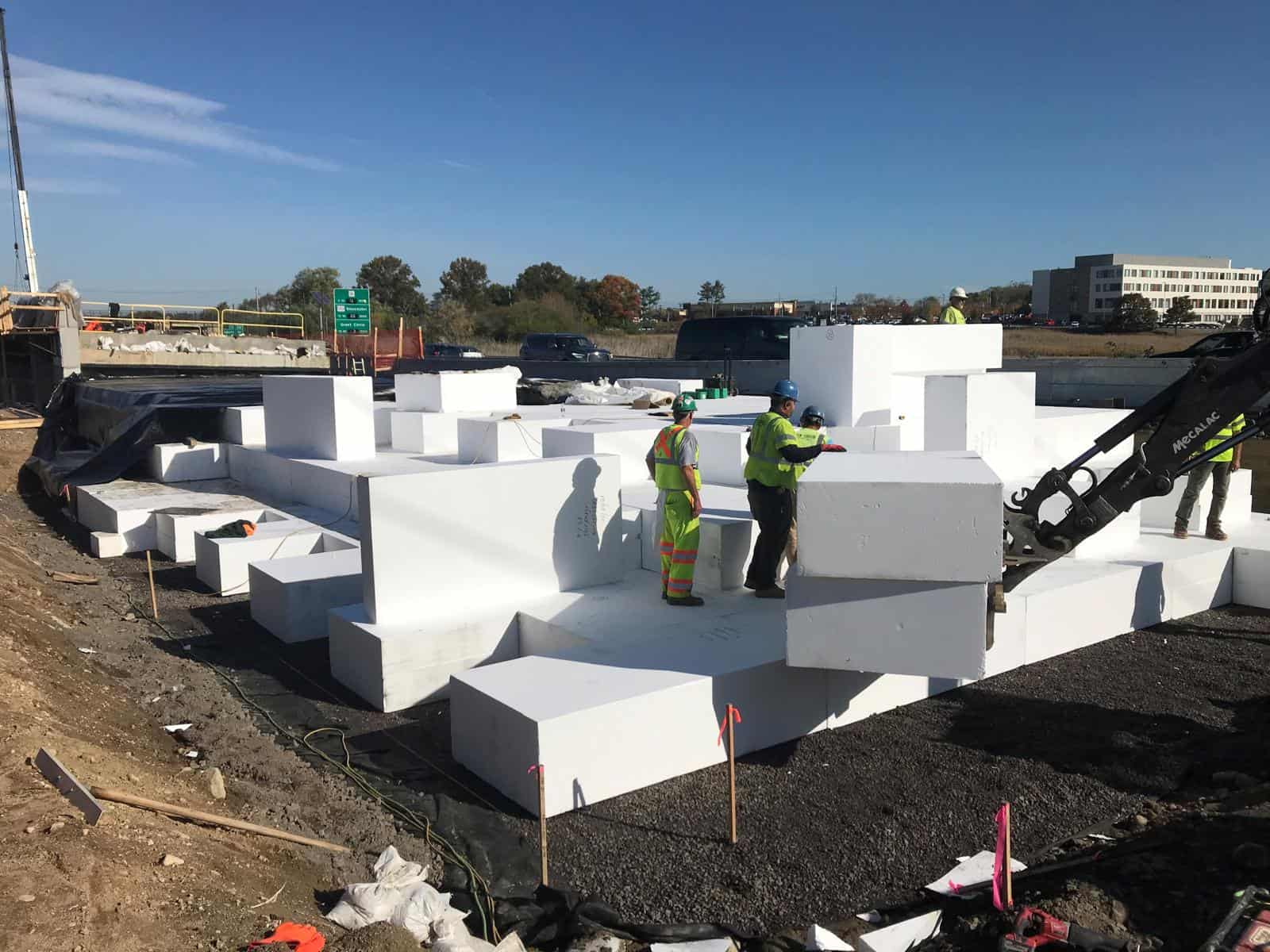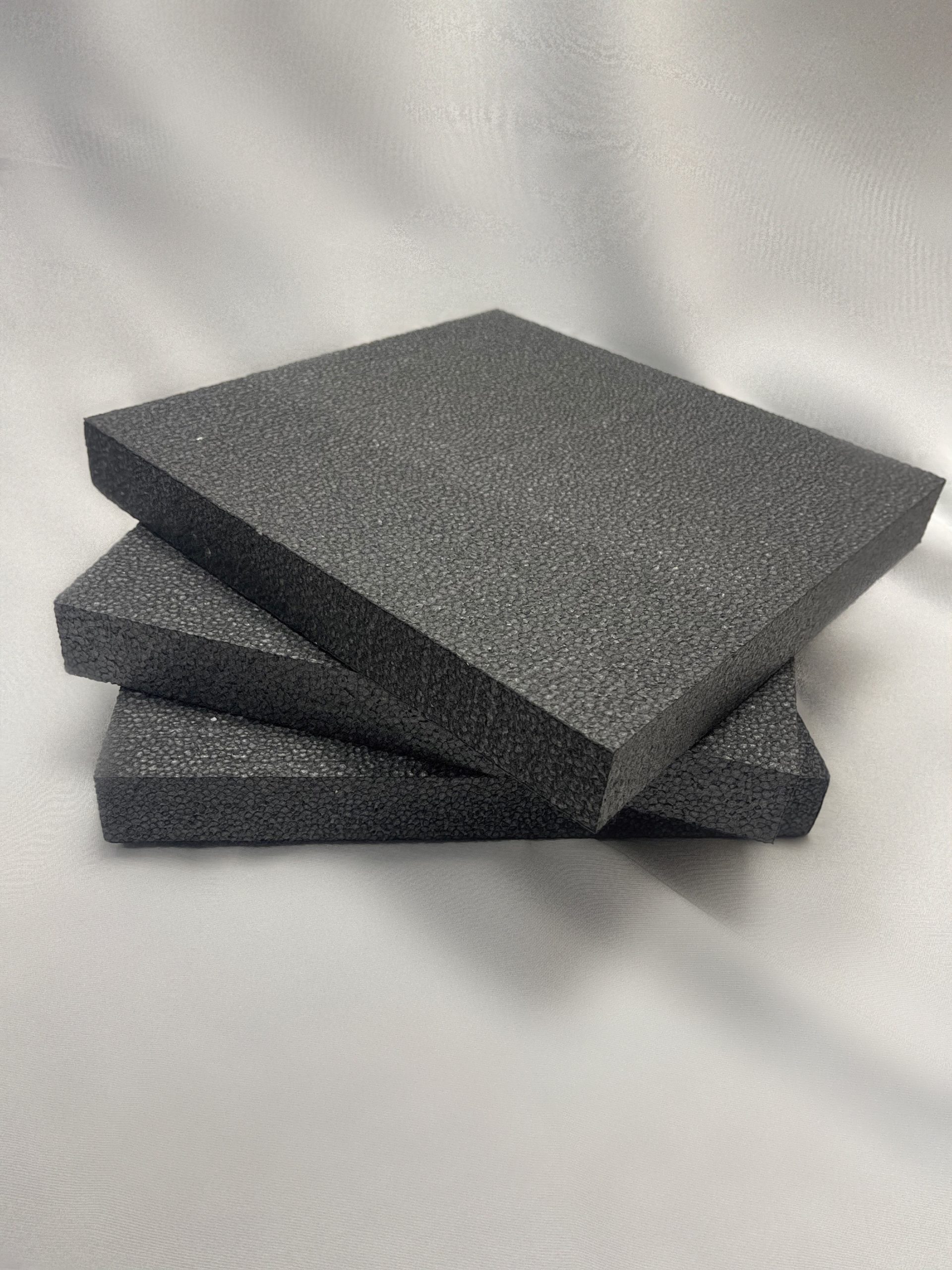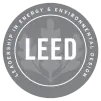When it comes to rigid foam insulation, choosing the right kind is essential. Thermal performance may be the main responsibility of insulating construction materials, but other factors have to be taken into account. Here are the two most popular options and their differences.
Expanded polystyrene (EPS) is manufactured through the molding of beads which are fused and expanded through a steam process. Extruded polystyrene (XPS) is manufactured through a continuous extrusion process that produces a closed-cell structure.
Resistance to Heat
The R-value measures how resistant a material is to heat transfer. Higher R-values indicate better insulating properties. Out of all rigid foam insulations, EPS has the lowest R-value. However, the actual R-value is dependent on its density. Higher density EPS foams have higher R-values. Although the thermal performance of XPS is slightly better, EPS and XPS with identical densities offer similar results performance-wise. In this case, EPS is also more inexpensive and cost-efficient than XPS. Some construction projects would benefit from using EPS as a material of lower density as it provides the insulation required at a lower cost.
Moisture Resistance
Making a proper comparison between the two is challenging due to different moisture resistance testing techniques. One method of submerging the material underwater for a short period showed that EPS generally retains less moisture than XPS. However, the moisture that was retained by XPS was also released at a slower rate. Another method involved studying insulation extracted from a building after 15 years of use. In this case, EPS was found to have a lower moisture content than XPS. XPS also retained more of its moisture, as concluded from the first method. Drying potential, which EPS has more of, plays an important role in ensuring that thermal resistance (R-value) is maintained at an optimal level.
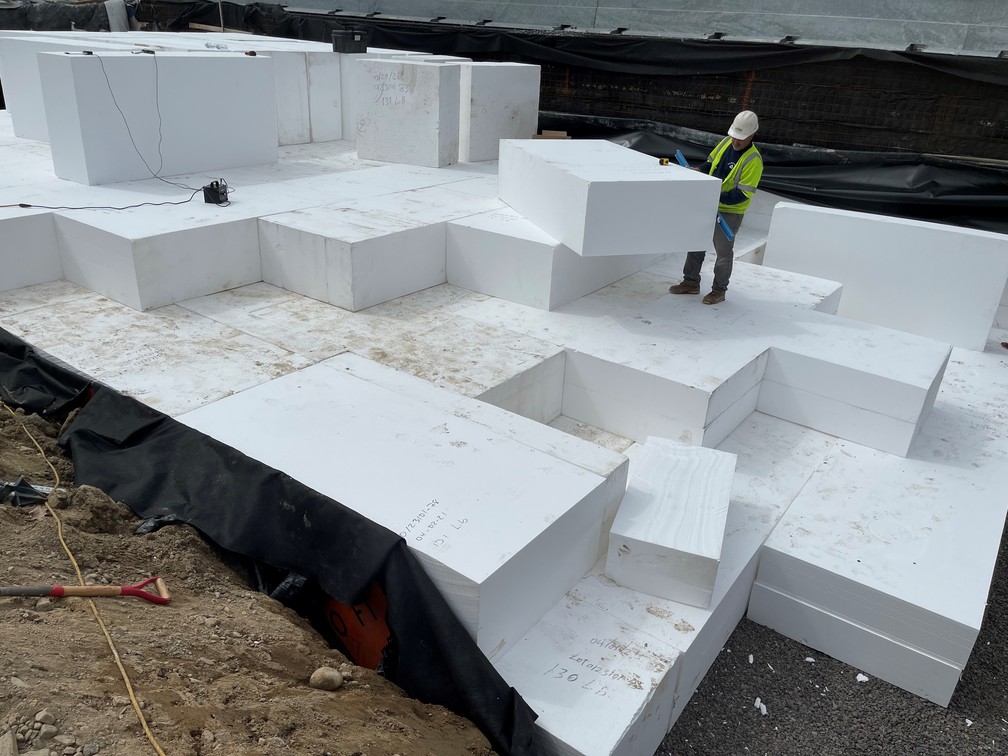
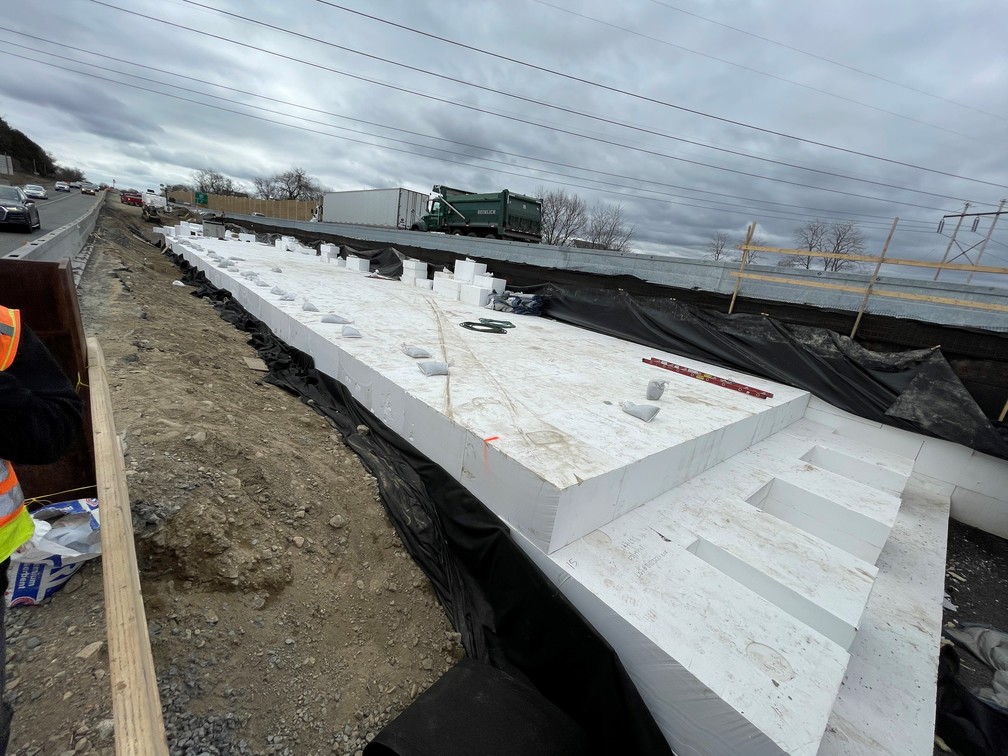
Compressive Strength
Compressive strength measures how well an insulation material withstands pressure before breaking. The strength levels of both EPS and XPS range from 10 to 60 psi. Some types of XPS are also available in 100 psi. Given that materials with higher psi might be more expensive, knowing exactly what you need is important. Materials with lower compressive strength may be sufficient in some instances, helping you to save costs. EPS, being available in a variety of compressive strengths and with a lower cost per square inch, is considered the more cost-effective choice. However, if your project calls for 100 psi insulation, XPS is the only option.
Environmental Impact
EPS is often made with pentane, which has an exceedingly low global warming potential (GWP) and can be made of around 10% recycled content. XPS is made using a dye and a blowing agent, hydrochlorofluorocarbons (HCFCs), which has a high GWP. HCFCs also burns quickly and has been shown to lose some of their R-value over time as the trapped gas escapes. EPS is a great option for green building designs due to its environmental advantages of cost-effective energy efficiency.
Embark On Your Projects with Poly Molding
As the sole manufacturer of geofoam/EPS in New Jersey, Poly Molding specializes in geofoam and EPS insulation that is long-lasting, environmentally friendly, and cost-effective. Contact us if you would like to find out more about geofoam EPS and the other polystyrene products offered for your construction projects.

